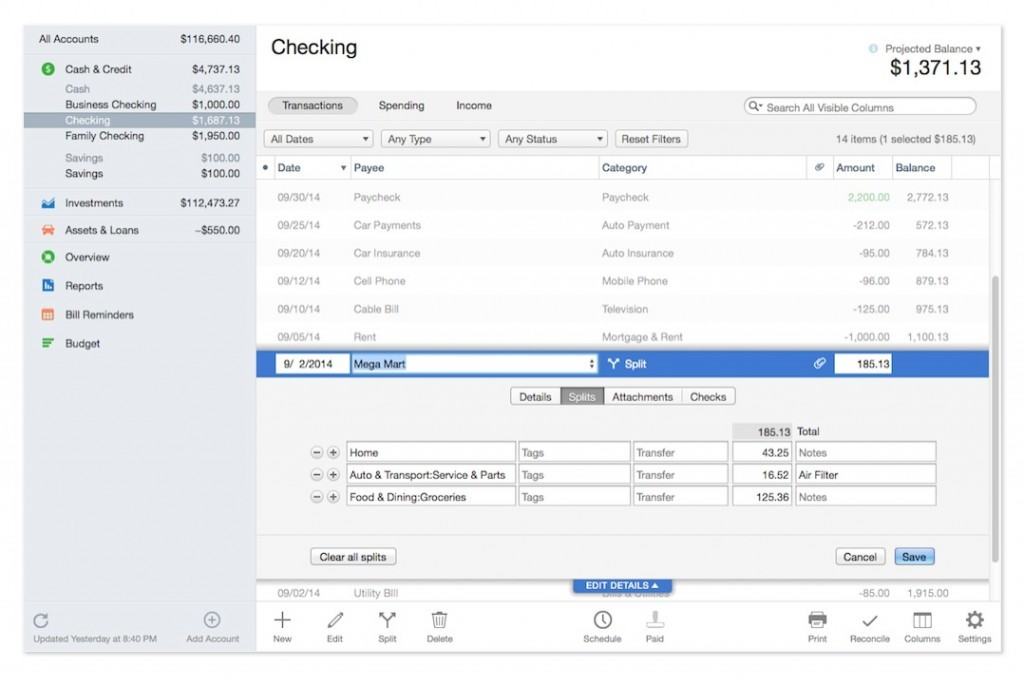


Version error when you install Exchange Server in RecoverServer mode – going forward, February 2023 and newer SUs will not cause this issue (but modifications made by the January 2023 SU might still require manual action during a server recovery operation, so the steps outlined in the article might still apply with later SUs installed).The following issues have been resolved in this update: Force the application of the setting by running the following: Get-ExchangeDiagnosticInfo -Process -Component VariantConfiguration -Argument RefreshĤ. Create the below setting override: New-SettingOverride -Name "Adding learning location ClientExtensionCollectionFormatter" -Server -Component Data -Section DeserializationBinderSettings -Parameters -Reason "Deserialization failed"ģ. SOFTWARE\Microsoft\ExchangeServer\v15\Diagnostics\DisableBaseTypeCheckForDeserializationĢ.

The regkey is ‘string value’ type and needs to have a value of 1.

Create the following regkey in the Exchange Servers: If you are experiencing this problem, our recommendation is to use the below workaround and keep February SU installed.ġ. We have a workaround for this (but note that events 4999 might still continue to be logged but functionality should be restored). The issue is causing connectivity issues to clients using the EWS protocol. 021, w3wp#MSExchangeServicesAppPool, M.Exchange.Diagnostics, M.E.D.ChainedSerializationBinder.EnforceBlockReason, M.E.Diagnostics.BlockedDeserializeTypeException, 437c-dumptidset. After installation of February 2023 SU, some Exchange 20 customers can see EWS application pool crash with Event ID 4999 with the following error:Į12IIS, c-RTL-AMD64.Exchange Toolbox and Queue Viewer fails after Certificate Signing of PowerShell Serialization Payload is enabled (Note: this is an issue with the Certificate Signing of PowerShell Serialization Payload feature, not an issue with the security update).Although we are not aware of any active exploits in the wild, our recommendation is to install these updates immediately to protect your environment. Vulnerabilities addressed in the February 2023 Security Updates were responsibly reported by security partners and found through Microsoft’s internal processes. Read more on how to Install Exchange Cumulative Update. If you are not at these Exchange Server CU versions, please update right now and apply the above patch. Read more on how to Install Exchange Security Update. These Security Updates are available for the following specific versions of Exchange: Microsoft has released Security Updates for vulnerabilities found in: Note: These vulnerabilities affect Microsoft Exchange Server. Due to the critical nature of these vulnerabilities, we recommend that customers apply the updates to affected systems immediately to protect the environment. Microsoft released several Security Updates (SUs) for Microsoft Exchange Server to address vulnerabilities.


 0 kommentar(er)
0 kommentar(er)
